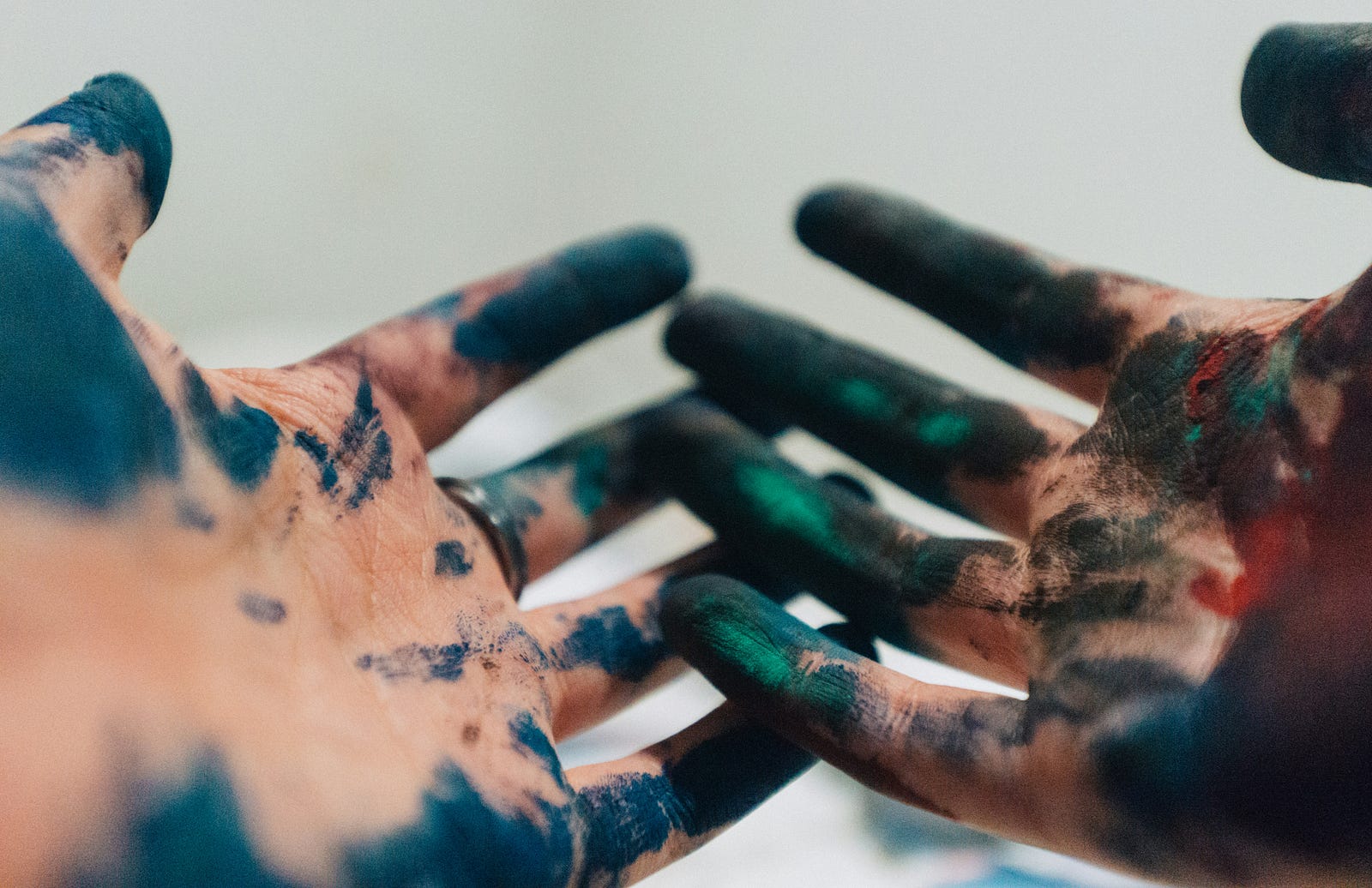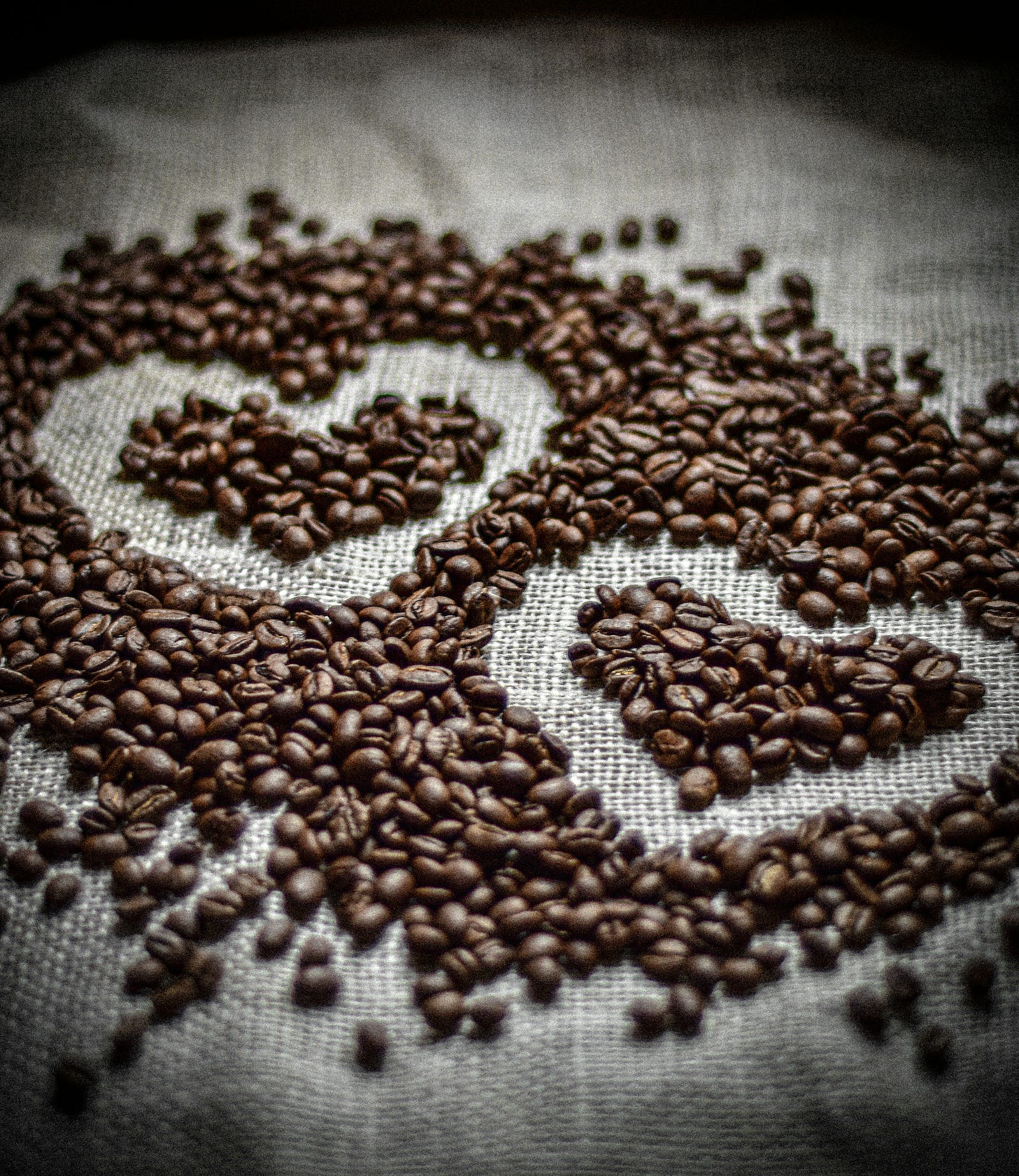The Decaf Dilemma: I sometimes crave coffee but sometimes want to dodge the caffeine-associated buzz.
With a nod to coffee, coffee everywhere (I am in Seattle, after all), and not a drop to drink?
“Water, water everywhere and not a drop to drink” is a line from Samuel Taylor Coleridge’s poem “The Rime of the Ancient Mariner.”
The line describes a situation where water is abundant, such as being surrounded by seawater on a ship at sea, but none is suitable for consumption.

And so I sometimes turn to decaffeinated coffee.
However, there are concerns about a chemical that strips caffeine from coffee beans.
So, is the Internet right and making me worried?
The Decaf Dilemma: The Solvent That Decaffeinates Coffee
Methylene chloride.
The solvent used to decaffeinate coffee.
Say it again: Methylene chloride.
The very sound of the name sounds menacing to me.
Truthfully, methylene chloride is dangerous. It causes cancer when consumed in large amounts.
Am I exaggerating? The U.S. Environmental Protection Agency banned most uses of methylene chloride. The EPA discovered that the chemical had deadly effects on those who had regular exposure to it.
Think painters or those who use paint thinners.
But what about me? I only consume a very small amount of my decaf coffee.
“I’d rather take coffee than compliments just now.”
― Louisa May Alcott, Little Women

The Decaf Dilemma: Should I Worry About Methylene Chloride in My Decaf?
Should I worry about that colorless liquid used in industrial processes such as drug manufacturing, paint stripping, and metal cleaning and degreasing?
I am a doctor who helps individuals with cancer.
I know that methylene chloride is probably a carcinogen; the chemical can cause cancer.
The Environmental Protection Agency shares this view.
But I am not a drug manufacturer or regularly strip paint. My wife does tasks like that; perhaps I am effete, LOL.
ef·fete: /əˈfēt/ adjective — soft or delicate from or as if from a pampered existence.

A Critical Review of the Epidemiology Literature
I am not ready to give up my decaffeinated morning latte.
Here’s why:
A critical review of the epidemiology literature concluded this:
“It appears likely that risks associated with methylene chloride exposure, if any, are small and limited to rare cancers.”
While the studies can’t rule out the chance that methylene chloride raises my cancer risk, they suggest that there is no substantive cancer risk.
Actionable: What You and I Can Do – The Decaf Dilemma
Do you think the U.S. Food and Drug Administration should ban methylene chloride?
First, alternative processing techniques exist for those of us stuck with decaf.
CNN observes that Starbucks, my hometown coffee company, has three ways to remove caffeine:
- A natural decaffeination process. This approach uses high-pressure liquid carbon dioxide forced into stainless steel tanks. The CO2 draws out and dissolves the caffeine.
- The Swiss Water Process. Soaking coffee beans in warm water takes on the beans’ flavor. The water then runs through an activated charcoal filter that grabs the caffeine molecules. The beans are soaked in that water to reintroduce flavor.
- Direct contact. Starbucks’ most commonly used method uses direct contact. Here, a solvent (and other liquids) is evaporated by the beans being steamed, washed, and roasted over 400 degrees Fahrenheit (204 degrees Celsius).

So, if you want to reduce your exposure to methylene chloride, find product packaging with 1) solvent-free, 2) Swiss Water-processed, or 3) certified organic labeling.
For me, the Swiss Water approach yields the best-tasting decaf coffee.
What say you?
Thank you for reading “The Decaf Dilemma.” SIGN UP TO FOLLOW THIS BLOG!




